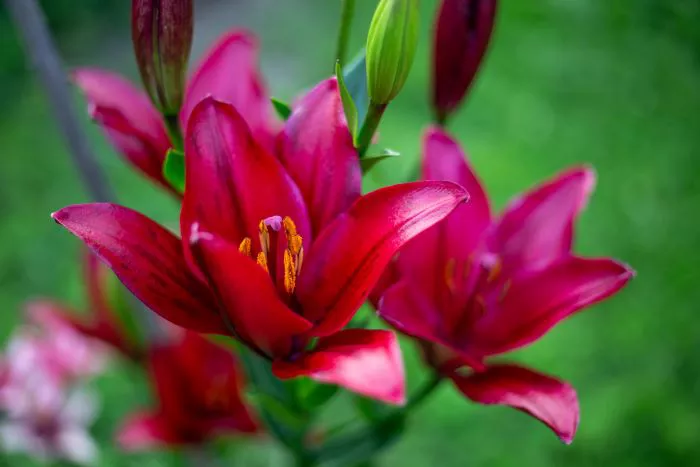The idea of eating flowers may seem unusual to some, but it is a practice that has been embraced in various cultures around the world. Edible flowers can enhance the flavor, color, and presentation of dishes. However, not all flowers are safe to eat. This article will explore the safety of consuming flowers, the types of edible flowers, potential health benefits, and important precautions to consider.
Understanding Edible Flowers
Edible flowers are those that can be safely consumed without causing harm. Many flowers have culinary uses and are prized for their unique flavors and vibrant colors. Common edible flowers include nasturtiums, pansies, violets, and marigolds. Each of these flowers offers distinct flavors, ranging from peppery to sweet.
In addition to their culinary appeal, edible flowers are often used for decoration. They can be added to salads, desserts, and beverages to enhance visual appeal. The use of flowers in cooking dates back centuries, with many traditional dishes featuring floral ingredients.
Identifying Safe Flowers
When considering whether a flower is safe to eat, it is crucial to identify the specific species. Some flowers are edible, while others can be toxic. For instance, roses are safe to eat, while foxglove and oleander are highly poisonous. It is essential to research and confirm the edibility of any flower before consumption.
Many flowers sold in grocery stores and farmers’ markets are labeled as edible. These are typically grown specifically for culinary use and are free from harmful pesticides or chemicals. When purchasing flowers for consumption, look for those that are certified as edible.
Popular Edible Flowers
Several flowers are commonly used in cooking and are recognized for their safety and flavor. Nasturtiums are known for their peppery taste and bright colors. They make an excellent addition to salads and can also be used as a garnish.
Pansies and violets are sweet and colorful, often used in desserts and as decorative elements in various dishes. Both flowers are safe to eat and can add a lovely touch to cakes and pastries.
Marigolds, particularly the French marigold, are also edible. They have a slightly citrus flavor and can be used in salads or as a colorful garnish. Other popular edible flowers include borage, chive blossoms, and hibiscus.
Health Benefits of Edible Flowers
Edible flowers can offer various health benefits. Many are rich in vitamins, minerals, and antioxidants. For example, hibiscus flowers are known for their high vitamin C content and potential cardiovascular benefits.
Nasturtiums contain high levels of vitamin C and have antimicrobial properties. They are also believed to support immune health. Incorporating edible flowers into your diet can provide additional nutrients while adding flavor and beauty to meals.
Precautions When Eating Flowers
While many flowers are safe to eat, there are important precautions to consider. First, ensure that the flowers have not been treated with pesticides or chemicals. Flowers grown for ornamental purposes may have been exposed to harmful substances that can be toxic if ingested.
If you are foraging for flowers in the wild, be cautious. Many plants can look similar, and it is easy to confuse edible flowers with toxic ones. Always consult a reliable guide or expert before consuming any wildflowers.
Start by consuming small amounts of any new flower to ensure you do not have an allergic reaction. Some individuals may experience sensitivity to certain flowers, leading to gastrointestinal issues or skin irritation.
Culinary Uses of Edible Flowers
Edible flowers can be used in various culinary applications. They can be added to salads for a pop of color and flavor. Flowers can also be infused in oils or vinegars to create unique dressings and marinades.
In desserts, edible flowers can be used to decorate cakes and pastries. They can be candied for a sweet treat or used to make floral syrups. Beverages can also be enhanced with edible flowers, such as hibiscus tea or lavender lemonade.
Conclusion
Eating flowers can be a delightful and safe culinary experience when done correctly. Many flowers are edible and can add flavor, color, and nutrition to various dishes. However, it is essential to ensure that the flowers you consume are safe and free from harmful chemicals.
By understanding which flowers are edible and following proper precautions, you can enjoy the beauty and taste of flowers in your meals. Whether you are using them for decoration or flavor, edible flowers can enhance your culinary creations and provide a unique dining experience. Always do your research and consult reliable sources to ensure a safe and enjoyable experience with edible flowers.
Related topic:


